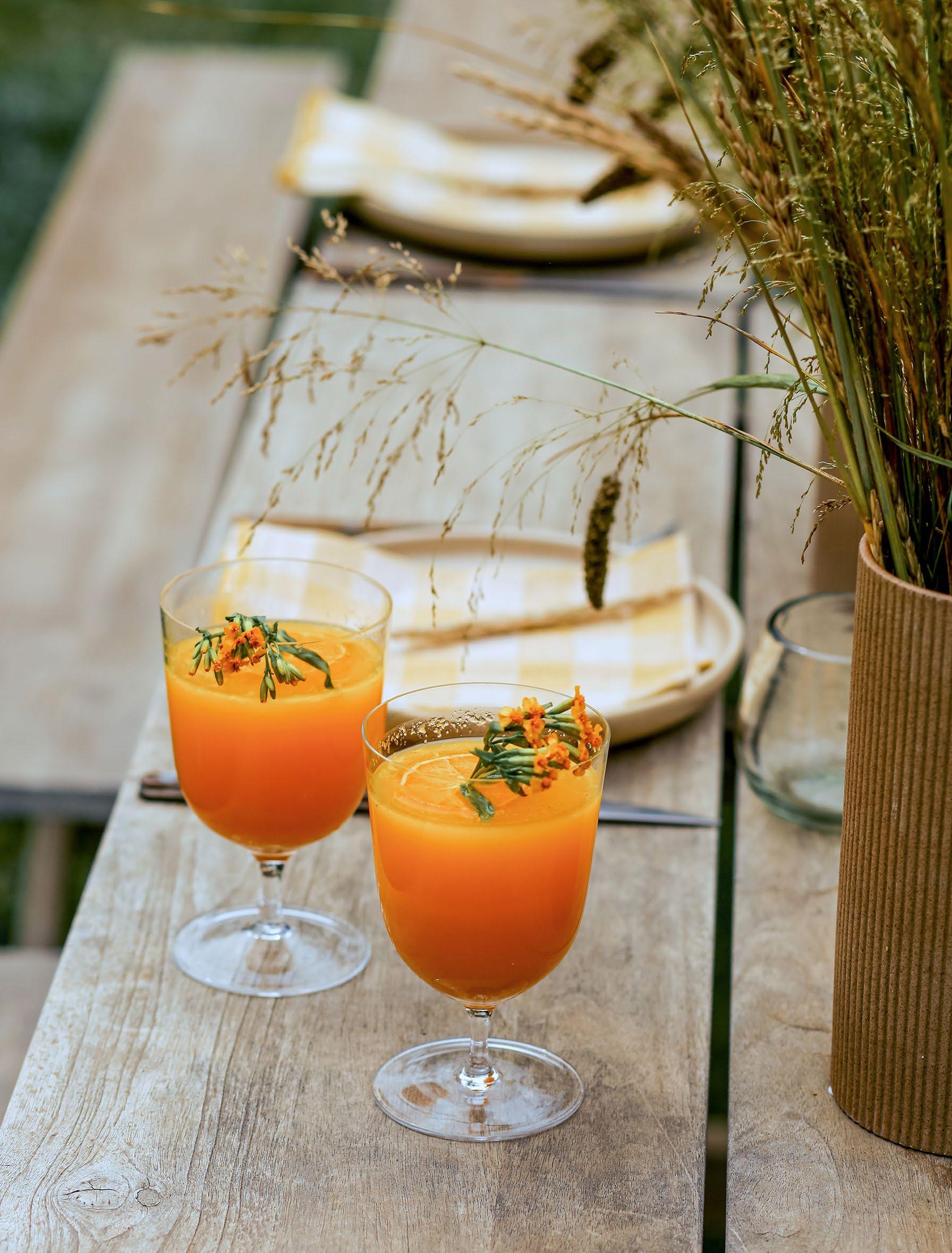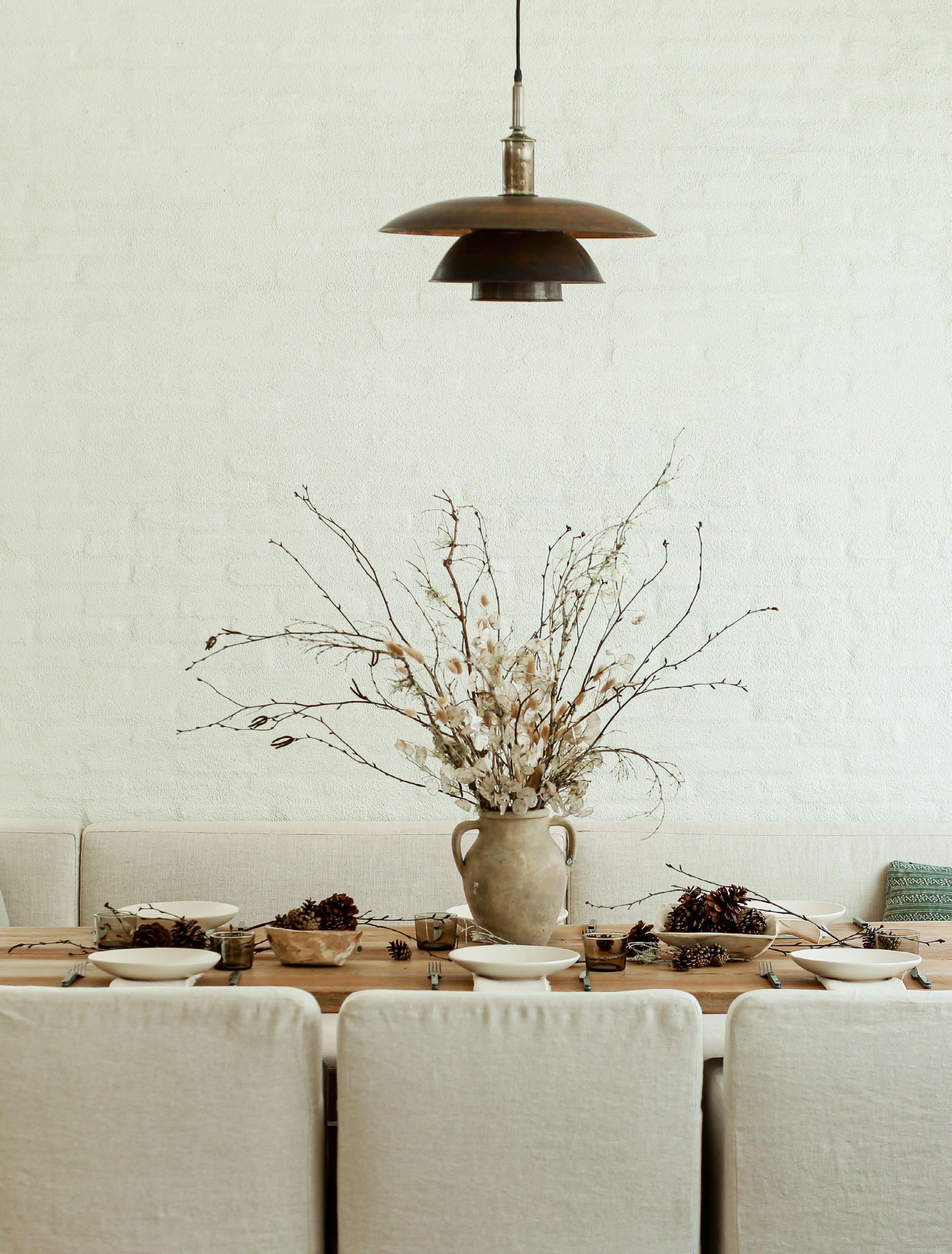
10 minute read
IN GOOD COMPANY I
In Good Company
Jenni Kayne is the modern entertaining genius behind a complete lifestyle brand—from wardrobe essentials to everything that makes a house a home, Kayne creates effortless staples without sacrificing style or comfort.
Advertisement
Executive Head Chef Rafaelle Lenzi helms Sereno Hotels’ Al Mare Restaurant at Le Sereno St. Barts and Ristorante Al Lago at Il Sereno in Lake Como. Chef Lenzi has earned his stripes working in Michelinstarred restaurants worldwide, aiming to both surprise and delight guests through the use of various consistencies and contrasts.
The Agency chatted with Kayne and Chef Lenzi on how to take a gathering to the next level.
SARAH JANSEN-MOUNT
Exude Ease
“I want everyone to feel welcome and cozy,” says Kayne. “Winter and holiday gatherings are so special because of the celebratory nature that’s in the air, and I try to bring that sense of the season to every event. Sit-down dinners are great when you’re wanting something a bit more intimate, but I always like to keep these types of gatherings more casual by serving dinner family-style and making sure the guest list is a bit more limited. Informal parties with hors d'oeuvres are perfect for the busy moments of the season when you want to keep your gatherings simple yet impactful. I like to make a large, batched cocktail for self-serve ease and a few different appetizers, and then mingle with my guests freely. I think the visuals and overall aesthetic elevate any experience, especially when you’re indoors. That of course comes down to the tablescape and décor around your space.”
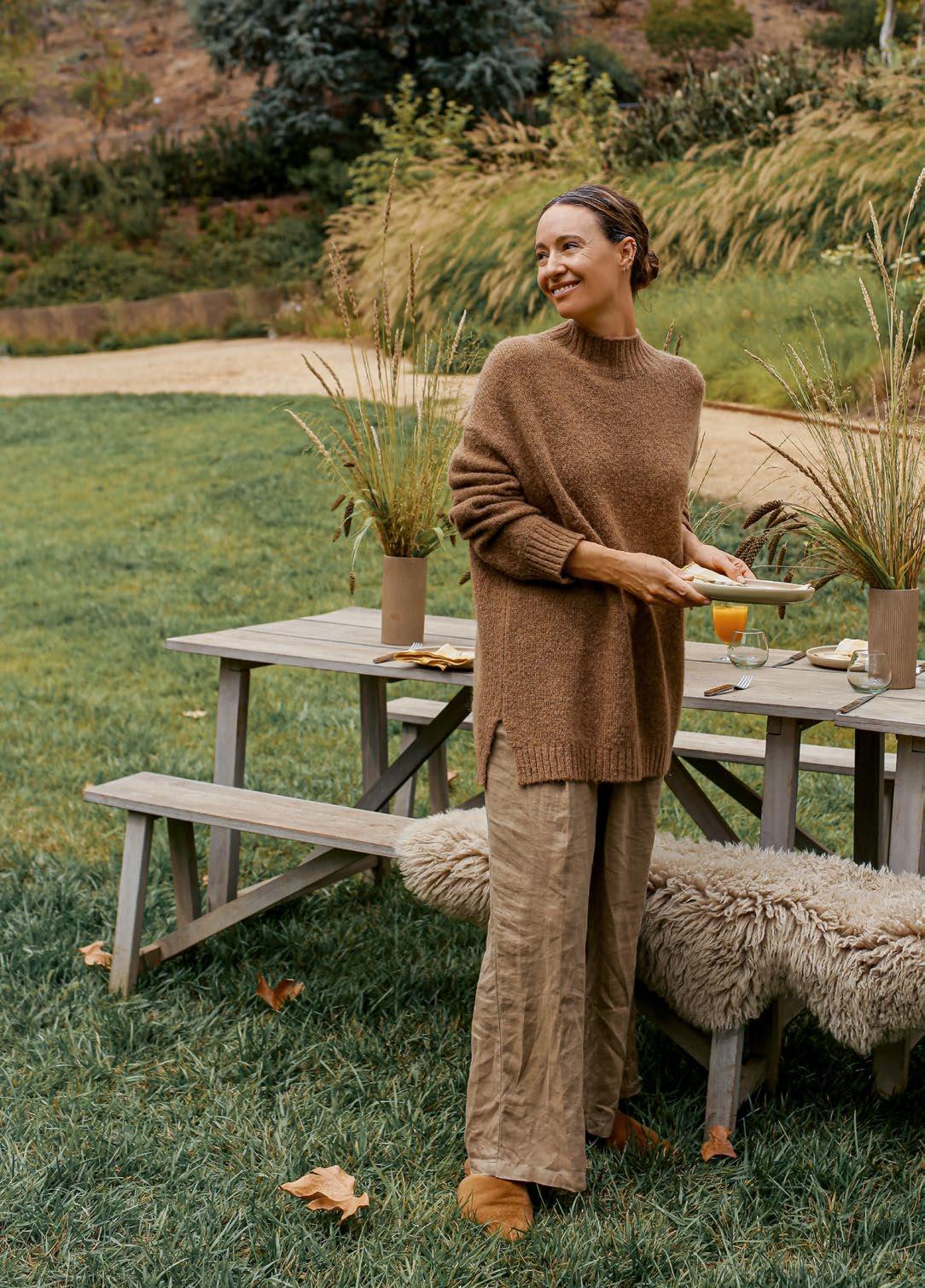
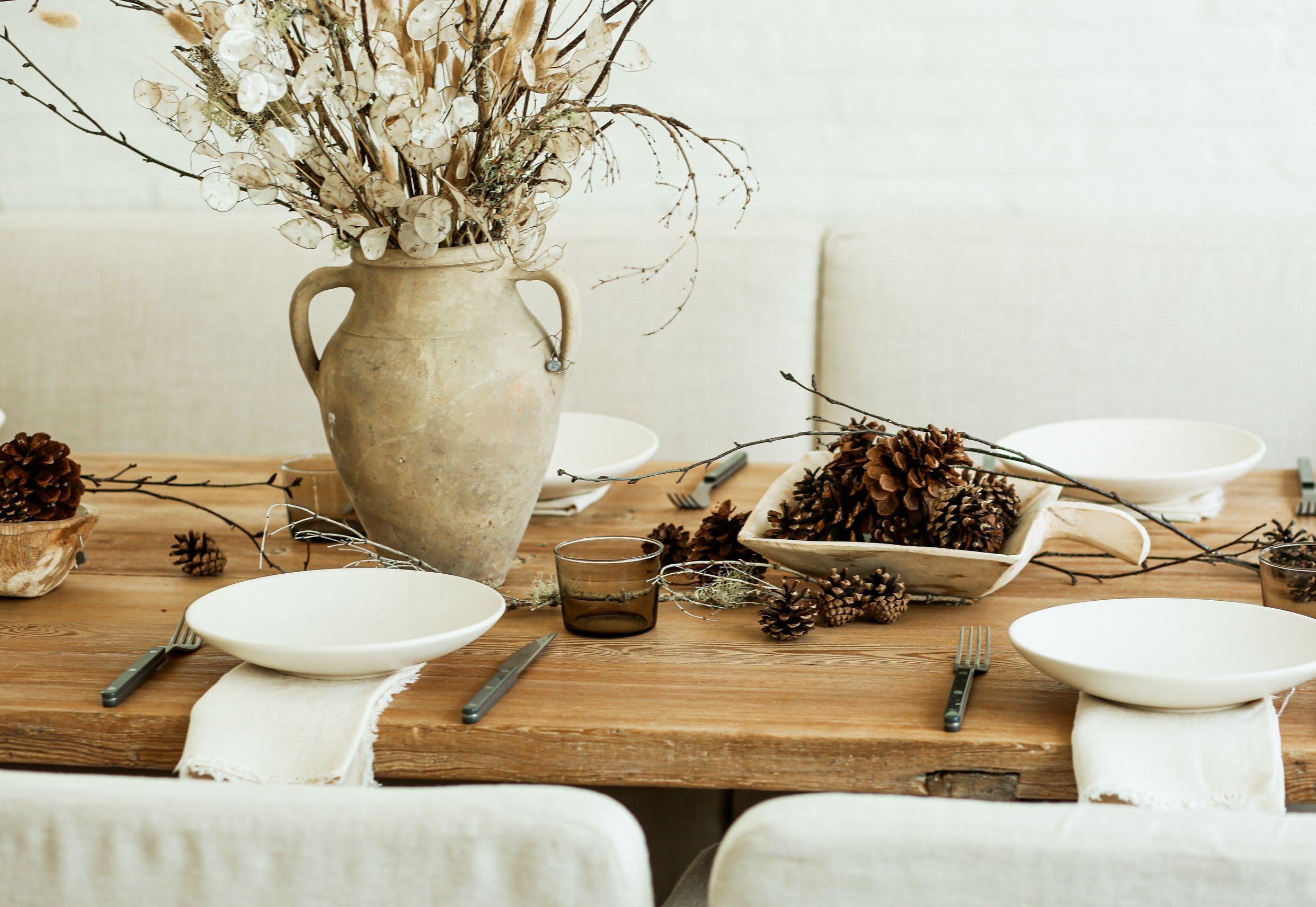
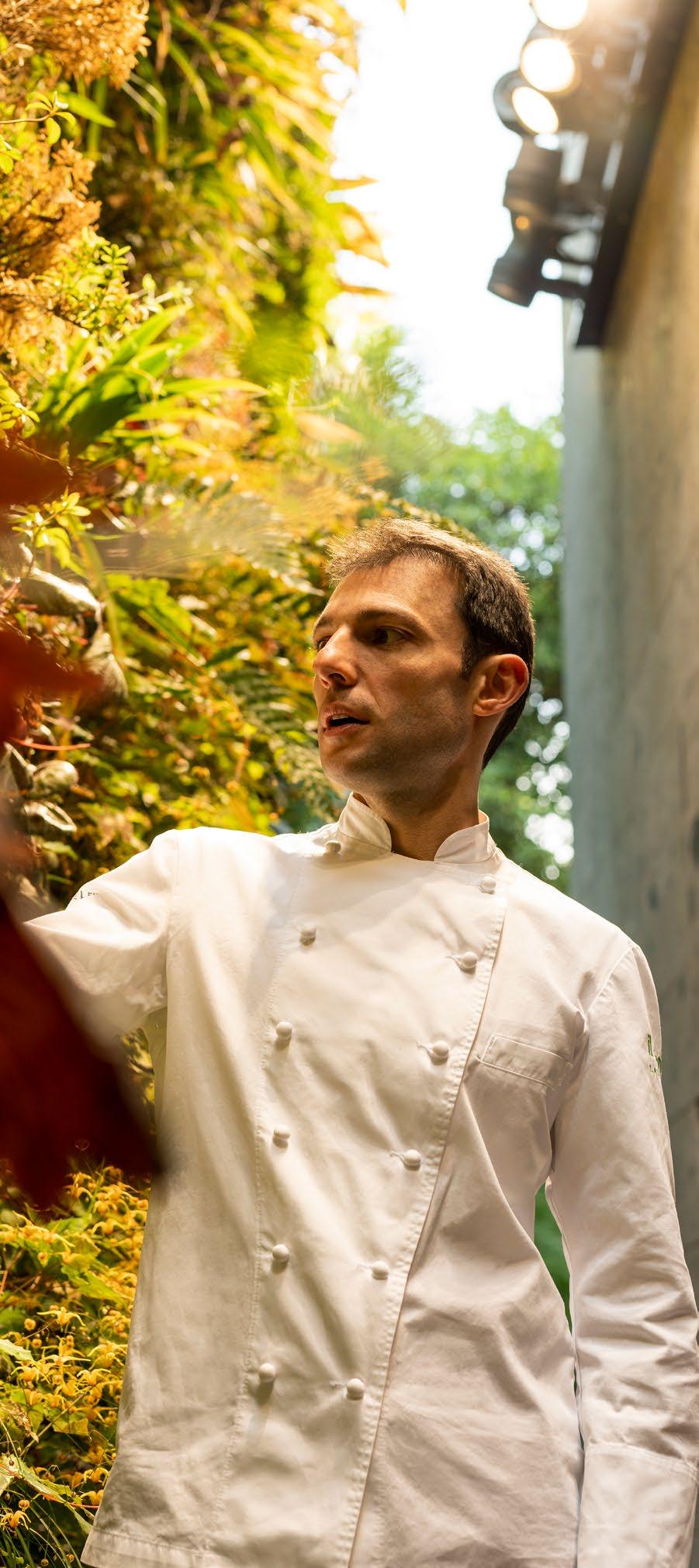
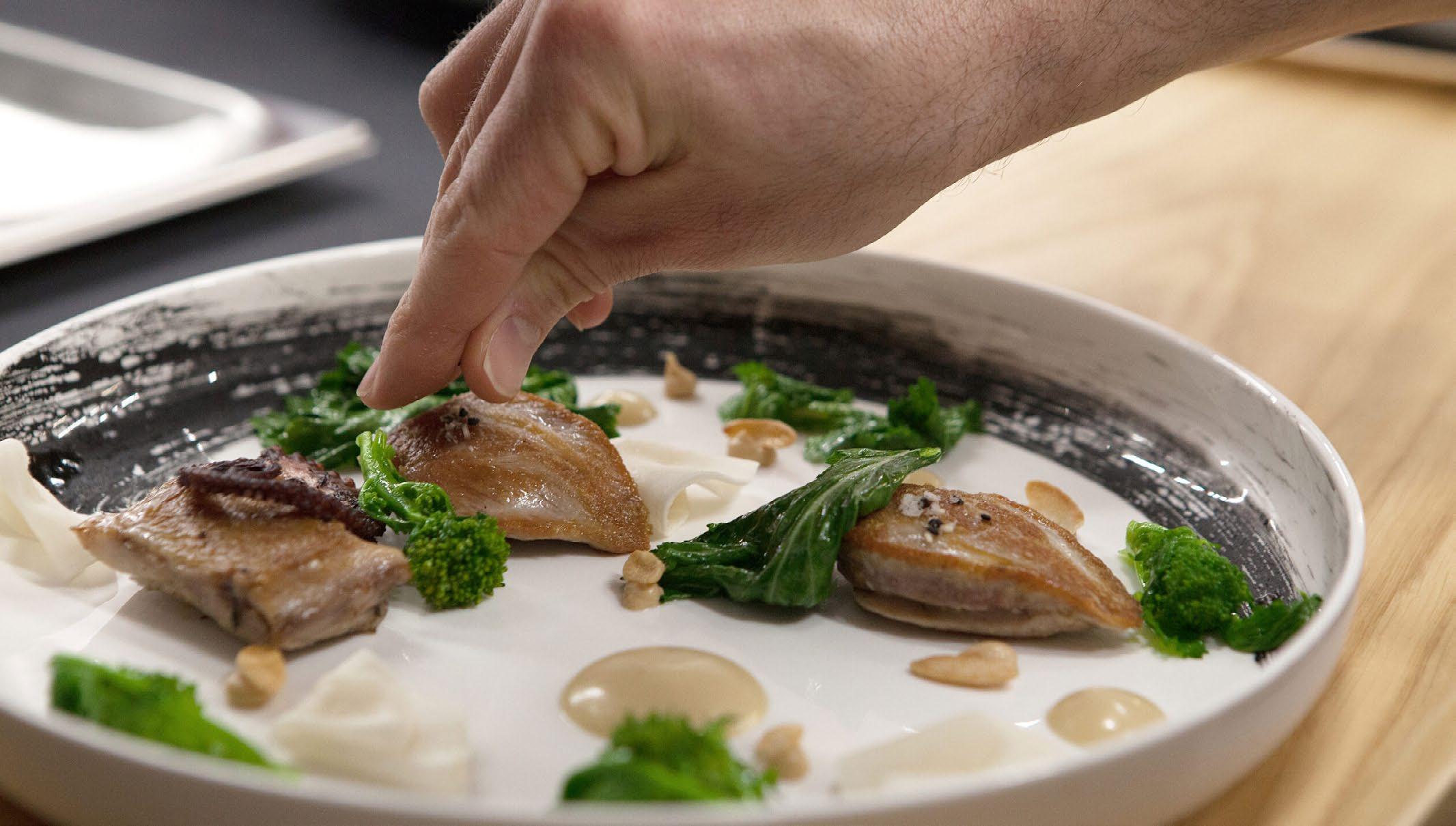
Go for the Unexpected
“In describing the dishes I make on the menu, I tend to be very basic,” says Chef Lenzi. “I don't want to communicate the message that our food is too difficult or elaborate. When the dishes arrive at the table, however—perhaps precisely for this reason—customers are blown away: from the gustatory point of view, because my recipes are both tasty and light, but also from the aesthetic point of view. When customers expected gnocchi served in the classic way, I served them plattered and when reading cardoncelli mushrooms, they expected them already cut, I served them whole. Another aspect of my cuisine that pleasantly surprises customers is amuse bouche and petitfour. We anticipate the amuse bouche in the menu and serve them at the beginning of dinner, as small, more structured plates rather than as actual snacks. As for the petit-four, however, the same speech made before is valid. The attention to detail is obsessive, even more so for the size of the desserts we bring to the table. Now, my petit-four is made up of tiramisu with chicory coffee, cream puffs with porcini, black peel root with licorice, tarte tatin of peaches and rosemary and pumpkin and chocolate. Here too, at the end of the meal, customers have the opportunity to experiment with new tastes and feel pampered simultaneously.”
Find the Right Flavors
“Undoubtedly, simple flavors inspire me around the holidays,” says Chef Lenzi. “Two holidays to which I am particularly attached and which I particularly associate with gastronomy, for my origins in Campania and for my childhood spent in the region, are Christmas—in particular, Christmas Eve dinner—and New Year's Eve. In both cases, the flavors of the sea inspire me, because they are the ones I grew up with on these occasions. In addition to the ingredients that you can commonly eat throughout the year such as seafood and some fish—red snapper, sea bass, sea bream or turbot (each house has its own tradition)—there are others that I only link to an occasional consumption connected to the party: sea truffles, fried capitone and cod. The latter are two real musts, and the cod can be prepared stewed.
“In Italy, white truffle of Alba is a prized ingredient both economically and gastronomically. I always recommend using it moderately in very simple dishes—risotto, long fresh pasta or egg on the stake. Other opulent products that can enhance the experience are caviar, oysters and saffron in pistils. Finally, another highly prized and therefore rare ingredient on the tables, practically absent in homemade ones, is finger lime, a particular citrus fruit of the Australian subtropical eastern coastal area. Its peculiarity is to internally resemble caviar, but also to be characterized by a citrusy taste, with very strong acidity.”
Anticipate Needs
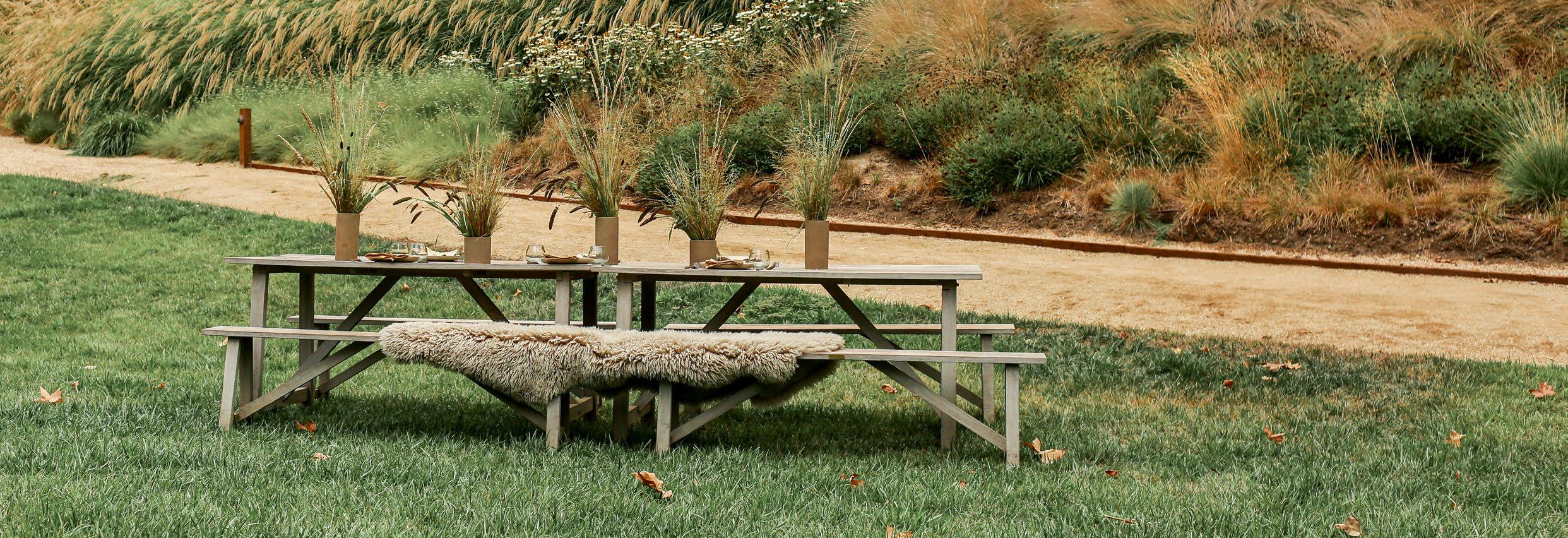
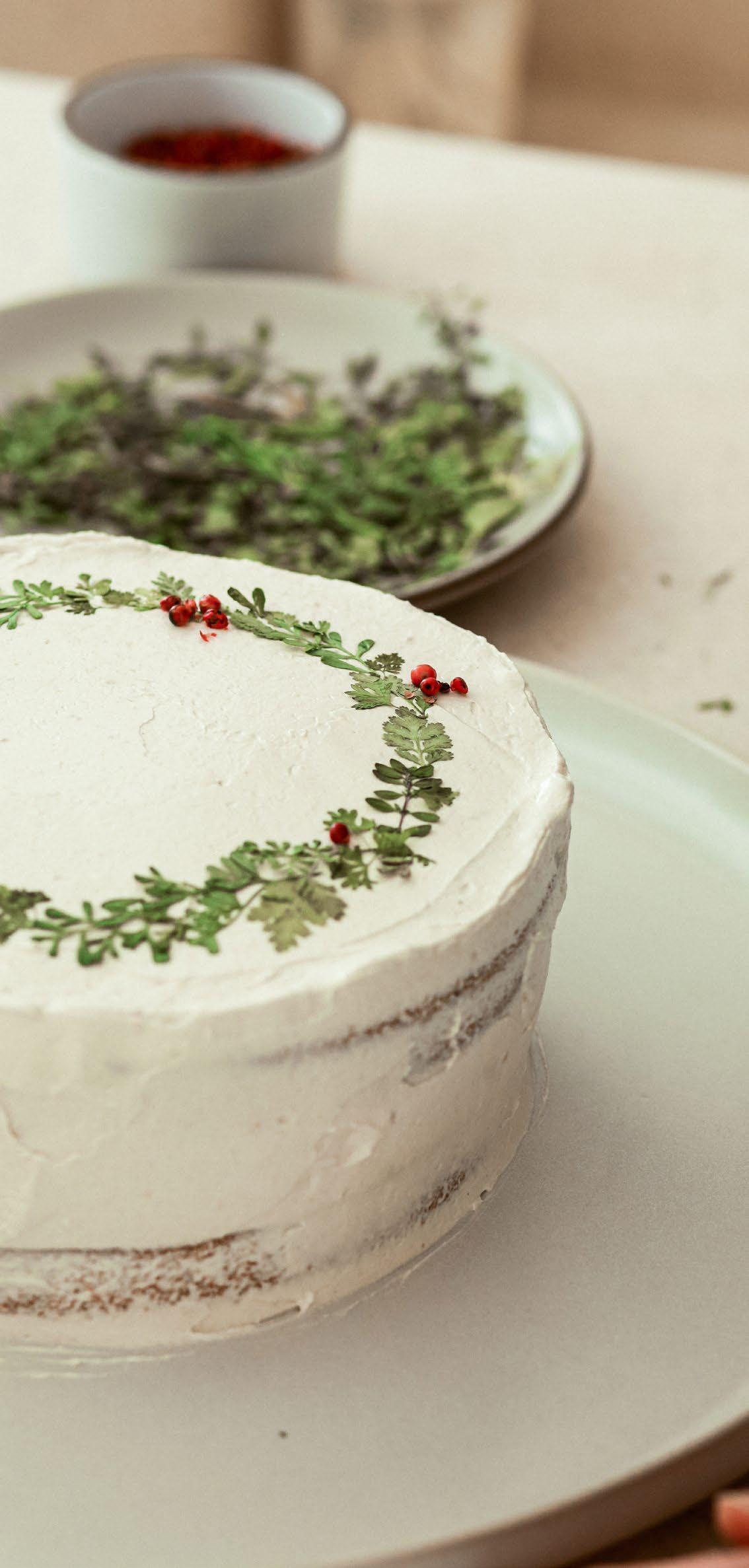
Delight In the Details
“It’s all about the experience, which always comes to life through the details,” says Kayne. “Florals go a long way, and I always try to draw on my surroundings by bringing in branches and other blooms that feel festive. I also think that smaller touches like personalized cards at every place setting and parting gifts make every guest feel special. I like to drape our Jenni Kayne Sheepskins on sofas and dining benches for guests to get cozy and light our Glass Candles throughout the space to create a luxe experience. Our Pacific Dinnerware and linen tabletop accessories can pull any tabletop scene together instantly, and you can’t underestimate the power of a great playlist!”
Chef Lenzi agrees: “If we take the atmosphere for granted, which must be appropriate to the location, I would say the attention to detail is what takes a dinner party to the next level. In revisited traditional dishes, I believe that the extra something is the touch that each chef chooses to add. In my version of babà [Neapolitan confectionery], for example, the leavened product is soaked with Strega—an Italian liqueur with 70 herbs such as saffron, fennel and mint—instead of rum and combined with the local taste of saffron, served here in ice cream powder. In signature dishes, on the other hand, people are faced with something more personal and intimate, but nothing changes in regard to attention to detail. For example, in my Porcini mushrooms, ovules, lovage and coffee there are two different varieties of mushrooms: porcino and ovulo. The latter is presented raw, while the porcini mushrooms are present in the form of broth, baked in the oven and in a crunchy pastry.”
In Torno, on Lake Como, there is a 5-star luxury hotel, recently named Best Hotel in Italy according to the ranking drawn up by Condé Nast Traveler. This is Il Sereno, an exclusive pearl of Italian hospitality which, inside, houses an exceptional restaurant. Here, the corporate chef of the Sereno Hotels hotel group Raffaele Lenzi serves a tasting menu named Contrasts and Contradictions: the goal is to celebrate the contrasts of flavors and gastronomic cultures and the chef's creativity. It was from this idea that the Savoy cabbage, sencha tea, Annurca apple sorbet and foie gras terrine dish was born.
“I chose cabbage and sencha tea because their lightness and bitterness balance the fatness and sweetness of the foie gras, an ingredient that brings a note of exclusivity to the dish. To finish the dish, I used a fermented Annurca apple sorbet, made with a fruit variety from my region of origin, Campania, which is characterized by a white and crunchy pulp and a sweet and aromatic flavor.”
Terrine of Foie Gras
250 G DUCK FOIE GRAS 250 ML LACTOSE-FREE MILK
Vacuum-pack the whole foie gras with the milk. Cook it in water at a temperature of 93°F for 20 minutes. Cool in water and ice. Drain the foie gras from the milk. Remove the ribs with the help of tweezers.
Fermented Annurca Apple Sorbet
Cut the Annurca apples into 4 wedges and de-core them. Season the wedges with 1% salt. Vacuumpack the salted apples and leave them in a place at a temperature of about 77°F for at least a week. Open the bag and drain the apples from the juices they have lost. Blend the apples with a blender and add the sugar and glucose. Sift the puree obtained and put 200 g in a pacojet glass. Freeze it.
Foie Gras Marination
125 G UNTREATED FOIE GRAS 2 G DEMERARA CANE SUGAR 1 G SALT A PINCH OF PINK PEPPER 5 G OF YUZU JUICE LACTOSE-FREE MILK TO TASTE
Vacuum-pack the foie gras with all the ingredients and leave it to marinate in the fridge for 12 hours. Bake the bag for 1 hour and a half at 130°F. Drain the foie gras and sift it. Blend the foie gras, using a little lactose-free milk, to obtain a smooth mixture. Pour the mixture into silicone molds. Put them in a blast chiller to freeze the terrines very quickly, so that they can be removed from the mold more easily.
Marination of Savoy Cabbage
250 ML OF WATER 25 G SENCHA TEA 4 G WHITE CANE SUGAR 1.5 G WILDFLOWER HONEY
In a saucepan, prepare a caramel with sugar and deglaze it with water. Bring the caramel to 185°F. Add the previously brewed tea and the honey off the heat. Leave to infuse for 30 minutes. Filter.
Cooking of Savoy Cabbage
1 CABBAGE
Remove the first layers of external leaves from the cabbage and cut into 6 wedges. Vacuum-pack the previously calibrated cabbage wedges with the marinade and cook in the oven at 212°F steam for 50 minutes or in a pot of boiling water. After the minutes, check that the cabbage is well cooked, feeling the core. Cool in water and ice. Open the bag and drain the cabbage, taking care to pat it well.
Sencha Sauce
1 G POTATO STARCH SALT TO TASTE
Reduce the marinade of the sencha tea by half in a small saucepan. Mix with the starch to obtain a sauce to accompany the dish. Season with salt.
Leek Powder
1 LEEK
Thoroughly rinse the green leaves of the leek. Dry them. Put them in a dryer at 115°F for one night. The next morning, blend very well with a blender until you get a raw powder. Sift.
Finish
50 G ACACIA HONEY 25 G EXTRA VIRGIN OLIVE OIL 25 G VEGETABLE BROTH 1 SYRAH LEAF STEVIA LEAVES, BEGONIA FLOWERS TO TASTE
Sear the cabbage, well dried by the cooking liquid, in a non-stick pan and lightly glaze it with a mixture of honey, extra virgin olive oil and vegetable broth. Serve the cabbage and sprinkle with the leek powder. Top with stevia leaves and begonia flowers. Serve the sencha tea sauce and foie gras terrine separately. Pacotize the puree to make a sorbet. Serve with syrah leaf.
Recipe Serves Four
Jenni’s Seasonal Turmeric Tangerine Cocktail
Ingredients
1/2 CUP TURMERIC SIMPLE SYRUP
1/2 CUP FRESH LEMON OR LIME JUICE
2 CUPS TANGERINE JUICE
1 CUP SPARKLING WATER
1/2 CUP ALCOHOL OF CHOICE, WE PREFER MEZCAL
1 CUP FILTERED WATER
2/3 CUP HONEY
1'' TURMERIC, CUT INTO 1/4” SLICES, OR 1 TEASPOON GROUND TURMERIC
In a large pitcher, pour all ingredients together and gently stir with a long spoon. Adjust sweetness by adding more simple syrup if you wish or more lemon juice.
In a small saucepan over high heat, bring the water and the sliced turmeric root (or turmeric spice if using) to a boil, then turn down the heat to low. Add the honey and stir, simmering the mixture for about 20 minutes so the turmeric root can sufficiently infuse. Turn off the heat and let cool to room temperature, then pour into a large glass jar (including the slices of turmeric root). This simple syrup will stay good in the fridge for up to 1 month.
Makes 4-6 drinks
